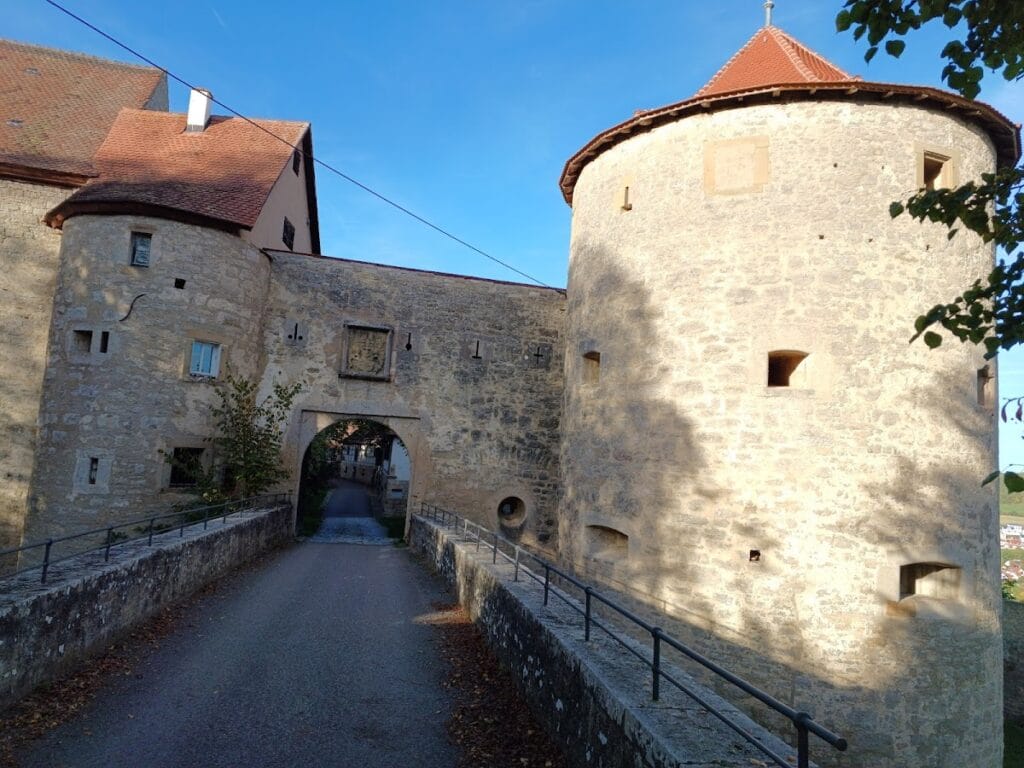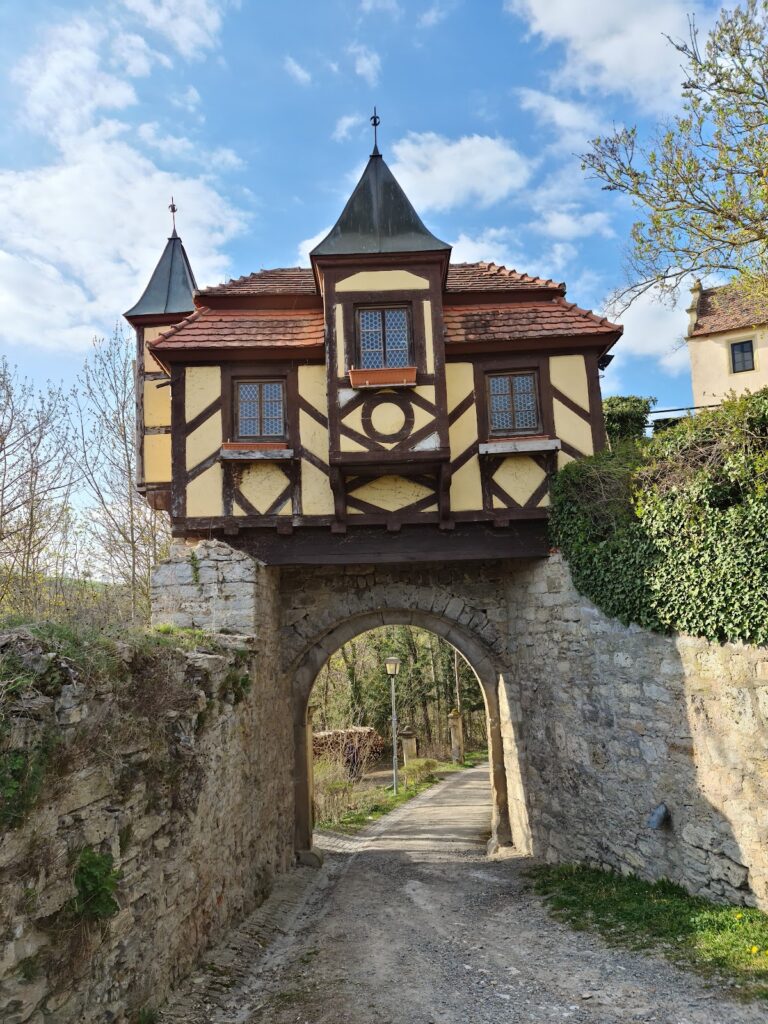Burg Neuhaus: A Medieval Castle Ruin in Igersheim, Germany
Visitor Information
Google Rating: 4.2
Popularity: Low
Google Maps: View on Google Maps
Official Website: www.igersheim.de
Country: Germany
Civilization: Medieval European
Remains: Military
History
Burg Neuhaus is a castle ruin situated near the municipality of Igersheim in present-day Germany. It was constructed during the 13th century by the Lords of Hohenlohe-Brauneck, a noble family prominent in the region during the Middle Ages.
The earliest written record of Burg Neuhaus dates back to 1281, confirming its existence by that time. In 1320, ownership of the castle transferred when it became a fief under the Bishopric of Würzburg. Following this, Burg Neuhaus served as the administrative center for the Deutschordensamt Neuhaus—a territorial office connected to the Teutonic Order. This office managed several neighboring villages, including Althausen, Apfelbach, and Igersheim, among others, indicating the castle’s role in local governance.
During the turbulent 16th century, the castle endured destruction twice: first in the Peasants’ War, a widespread uprising of rural farmers, and later in the Schmalkaldic War, a conflict involving Protestant forces and the Holy Roman Emperor. After these events, the castle was rebuilt and continued to maintain its administrative importance. From 1704 until 1789, Burg Neuhaus functioned as the seat of an Amtmann, an official responsible for judicial and administrative duties on behalf of the Teutonic Order. In 1789, this office was moved to the nearby town of Igersheim.
Starting in 1792, the castle began a period of gradual dismantling. The following decade saw significant political shifts when Napoleon dissolved the Teutonic Order’s holdings, effectively ending the Deutschordensamt Neuhaus. Although Igersheim remained part of the order’s domain until 1809, Burg Neuhaus thereafter became state property. Its management passed to the Royal Württemberg Rentamt, an office responsible for financial administration in the kingdom of Württemberg.
Beyond its administrative roles, the castle gained a darker reputation over the centuries, functioning as a prison and a site where torture was carried out. Today, Burg Neuhaus stands as a ruin under state ownership, with parts of its grounds leased for purposes unrelated to its historical functions.
Remains
The remnants of Burg Neuhaus occupy a hill spur rising about 329 meters above sea level, overlooking the Tauber valley. This elevated position classifies it as a spur castle, meaning it was built on a narrow ridge or promontory for defensive advantage. The site is encompassed by the Neuhaus nature reserve, highlighting its integration into the surrounding landscape.
The core of the castle stands in ruin yet remains accessible to the public. It represents the central area of the former fortification but lacks detailed information concerning specific construction materials or decorative elements. Adjacent to this, there is a forecastle area—a secondary enclosure part of the castle’s original layout. Historically, this forecastle was used mainly for breeding Trakehner horses, a notable horse breed, until recent times. It has since transitioned into serving as a horse boarding facility, reflecting a modern adaptation of the site’s open spaces.
Although no detailed archaeological descriptions mention particular features such as mosaics, inscriptions, or artifacts like pottery or tools, the overall layout suggests a typical medieval hilltop fortress arrangement focused on defense and administration. The proximity of the ruin to the present-day Staatsdomäne Neuhaus—a state-owned estate within Igersheim—frames it within an enduring community landscape.
Today, the castle’s fragmentary remains provide a tangible link to its centuries-long history of noble ownership, religious administration, conflict, and eventual decline while continuing to be a part of local land use practices.







